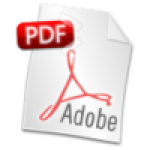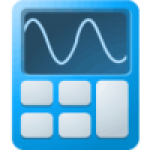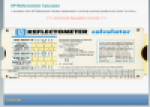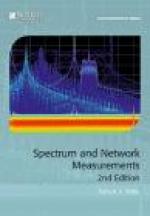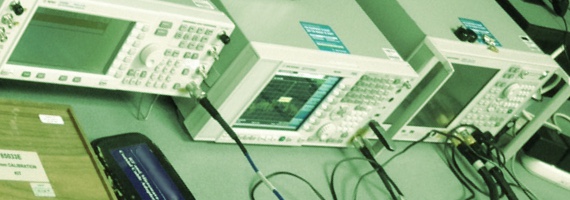
Specialized techniques and instruments for measuring performance at higher frequencies.
www.rfmentor.com
Tools and training to help your RF/Wireless career
Menu
Main menu
Quick Links
User menu
User login
Popular content
- CDMA Coding Applet
- RF Connector Identifier/Frequencies
- Practical RF Circuit Design for Modern Wireless Systems: Active Circuits and Systems
- Coaxial Connector Frequencies
- OFDM Tutorial Applet
- Network Analyzer Error Models and Calibration Methods
- Fundamentals of RF and Microwave Power Measurements (Part 4)
- Spectrum Analyzer Measurements and Noise
- Improving the Input Match of Low Noise Amplifiers
- Receiver Dynamic Range - Part 1


